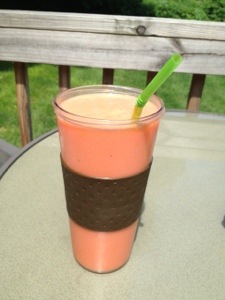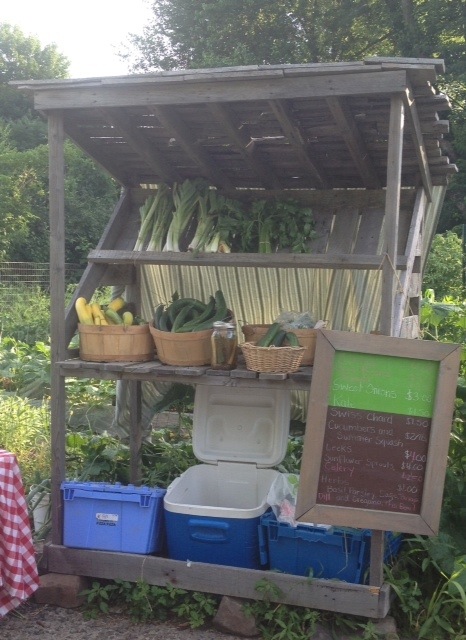As the weather grows colder here in the Northeast, I’ve been inventorying my collection of coats, hats, gloves and shoes. As an “almost vegan” I’m distressed by the number of items I own that have been made from animal products, and sheepishly (no pun intended) admit that it’s only been recently that I gave much thought at all to what my coat is filled with or what my shoes are made of. As I grow more committed to living a compassionate, ethical, humane and plant-based lifestyle, it makes sense to apply these principles to what I wear as much as to what I eat.
The use of material made from animals in the production of apparel and shoes is widespread and includes fur, skin, feathers and other body parts manufactured from cows, pigs, sheep, goats, alligators, ostriches, kangaroos, ducks, geese, rabbits, goats, silkworms, snakes and other species. Even dogs and cats are commonly used to make leather and fur products exported from China. Since leather products are not labeled by what animal they are made from so it is impossible to know what animal donated the leather your apparel is comprised of. According to PETA, animals used in the production of leather and fur are often alive and conscious when they are skinned, or are subjected to other horrific killing methods — including electrocution, bludgeoning, and hanging — while animals trapped in the wild can suffer from exposure, dehydration and blood loss.
Even the production of wool is fraught with vexing and ethically dubious practices. Many people (I counted myself among them) assume that sheep need and want to be sheared and that they are neither killed nor hurt in the shearing process. However, non-domesticated sheep only grow as much as they need to keep them warm and shed excess hair on their own. Furthermore, the wool industry facilitates a reality for sheep tantamount to that of cows used in dairy farming — it is not uncommon for sheep to have chunks of flesh removed in the shearing process. Once discarded, sheep used by the wool industry are exported to Europe on crowded ships and ones that survive the voyage are taken to slaughter, often in countries with few slaughter regulations.
Down –or the feathers removed from geese and ducks and used as filler in many outerwear products — is often removed from birds when they are slaughtered. However, many ducks and geese are plucked when they are alive and physically restrained, causing pain, distress and severe damage to their skin.
If this information has thoroughly depressed you, take heart in the fact that you don’t need to continue supporting industries that commodify and objectify animals. There are many synthetic alternatives to animal-produced materials including nylon, polyester, tencel, rayon, cotton, linen and canvas. Though I have struggled to find a “dressy” winter coat that does not contain wool or down, I’ve had less difficulty finding vegan shoes, as there is an ever-increasing number of manufacturers, such as Arcopedico and Sanuk, who make stylish, durable and animal-cruelty-free footwear.
Then there is the question of what to do with the myriad of leather, suede, wool and down-filled items I already own. It seems unnecessary to stop using them altogether, since they no longer have the potential to harm additional animals, but if I think of myself as a “walking advertisement” for the adoption of a plant-based lifestyle, I am not living up to a very good example by trotting around town in them. As I don’t have the budget to wholesale replace them, I think I will simply phase them out over time, replacing them with animal-cruelty-free products as they wear out. What’s your plan?
For more info on animal free clothing see PETA’s Shopping Guide to Compassionate Clothing
Some difficult but important facts about the fur industry: Occupy for Animals













 I am not a vegan, but i eat a mostly vegan diet. I like to say that I am 95% vegan, 98% vegetarian and 2% whatever I want. Becoming “more vegan” has been a gradual — very gradual — process. When I was in my 20s I was what I like to call a junk-food vegetarian. I didn’t eat meat, but I wasn’t very strict about it, and I ate very little in the way of plant-based foods. In fact, I think my diet consisted mostly of pasta, pizza and chocolate chip cookie dough. I also didn’t have a very clear idea about why I was a vegetarian. Health was only a weak motivator since I had little regard for my well-being. I had a vague understanding of the environmental impacts and societal consequences of industrialized farming, but I wouldn’t have been able to speak very clearly about it. In short, my motivations were a mystery, even to me.
I am not a vegan, but i eat a mostly vegan diet. I like to say that I am 95% vegan, 98% vegetarian and 2% whatever I want. Becoming “more vegan” has been a gradual — very gradual — process. When I was in my 20s I was what I like to call a junk-food vegetarian. I didn’t eat meat, but I wasn’t very strict about it, and I ate very little in the way of plant-based foods. In fact, I think my diet consisted mostly of pasta, pizza and chocolate chip cookie dough. I also didn’t have a very clear idea about why I was a vegetarian. Health was only a weak motivator since I had little regard for my well-being. I had a vague understanding of the environmental impacts and societal consequences of industrialized farming, but I wouldn’t have been able to speak very clearly about it. In short, my motivations were a mystery, even to me.
Recent Comments